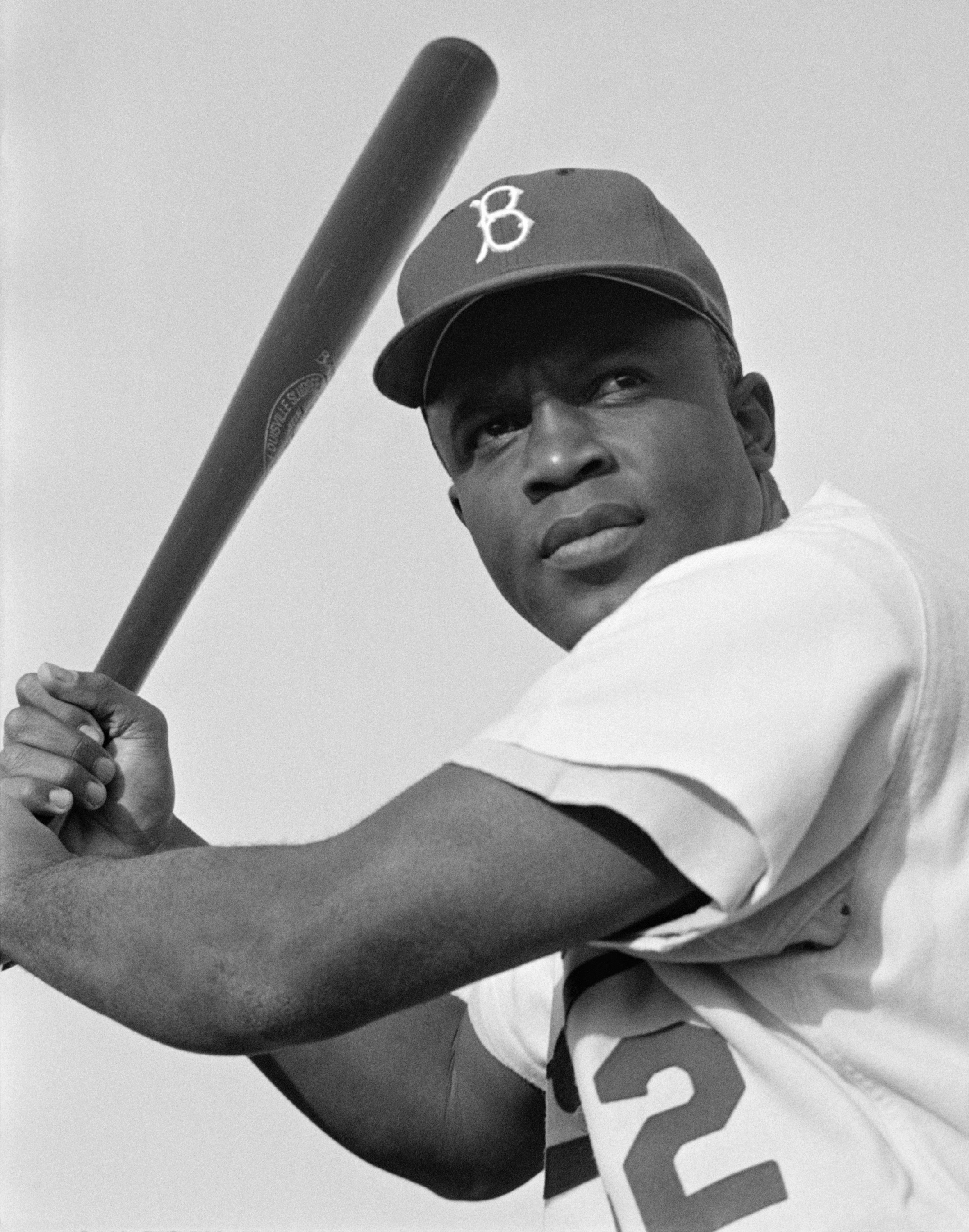There's a lot of heated debate about the so-called "Confederate flag" online, with each side accusing the other of historical ignorance. One side insists it signifies racism, while the other says it's a symbol of Southern pride.
The result is one big verbal brouhaha. A fight. And that's oddly appropriate when you think about it. Flags in general started out as tools of warfare. They were used to identify members of a military group, to rally the troops and to coordinate attacks. To defend the flag was to defend what it stood for: your comrades in arms and the kingdom, nation-state or tribe for which they were fighting.
These days, flags fly over embassies and state capitol buildings, ballparks and cemeteries: places far afield from any battle. Some battle flags evolved to become national flags. But the flag we call the "Confederate flag" (also known as the "rebel flag") was never among them. The rectangular flag with white stars on a blue "X" set against a red background was actually rejected as the Confederacy's national symbol at its founding in 1861. A flag featuring a blue field with a circle of stars against three broad stripes or bars - two red and one white - was adopted instead. They called it the "stars and bars," a name often incorrectly applied to the "rebel flag."
It was only in 1863 that a similar square insignia was adopted for use as part of the Confederacy's national flag: but even then only as a blue field in the banner's upper left-hand corner. Never in the history of the Confederacy was the rectangular "rebel flag" used as the national banner. It was always a battle flag - a banner designed for and used in military combat. It was employed as the battle flag of a single state within the Confederacy, Tennessee, and for a period of time as the Confederacy's navy jack.
Given its origins, maybe it should come as no surprise that it continues to generate conflict. Indeed, conflict is precisely the purpose for which it was used. Some people see it as a symbol of racism; others as an emblem of Southern pride. Even if we were to accept, for the sake of argument, that it's only the latter, it wouldn't change the fact that it seems to resonate strongly with those who see it as a call to arms, a reason to fight. And this raises a pair of questions: Whom are you fighting? And why are you fighting?
For some who use it, there's can be no argument that racism is a motivation. The flag has been widely used by white supremacist organizations such as the KKK for decades. But for those who aren't racists, who don't hold such despicable attitudes, the same two questions remain? Where, indeed, is the battle if not 150 years in the past?
That's when the war ended, and the combatants from both sides lie peacefully in their graves. The cause for which it flew, Southern independence, has long since been decided, and no one's seriously talking about resurrecting it. Indeed, would anyone truly wish to revisit a conflict that left more than 620,000 people dead, a million others wounded and countless families displaced and torn asunder?
When it comes to pride, wouldn't it be better to adopt symbols of peace, rather than shouting angrily back and forth as we wave battle flags against one another? We have enough conflict in the modern world without reaching back a century and a half to dredge up more from the graveyards of history.

